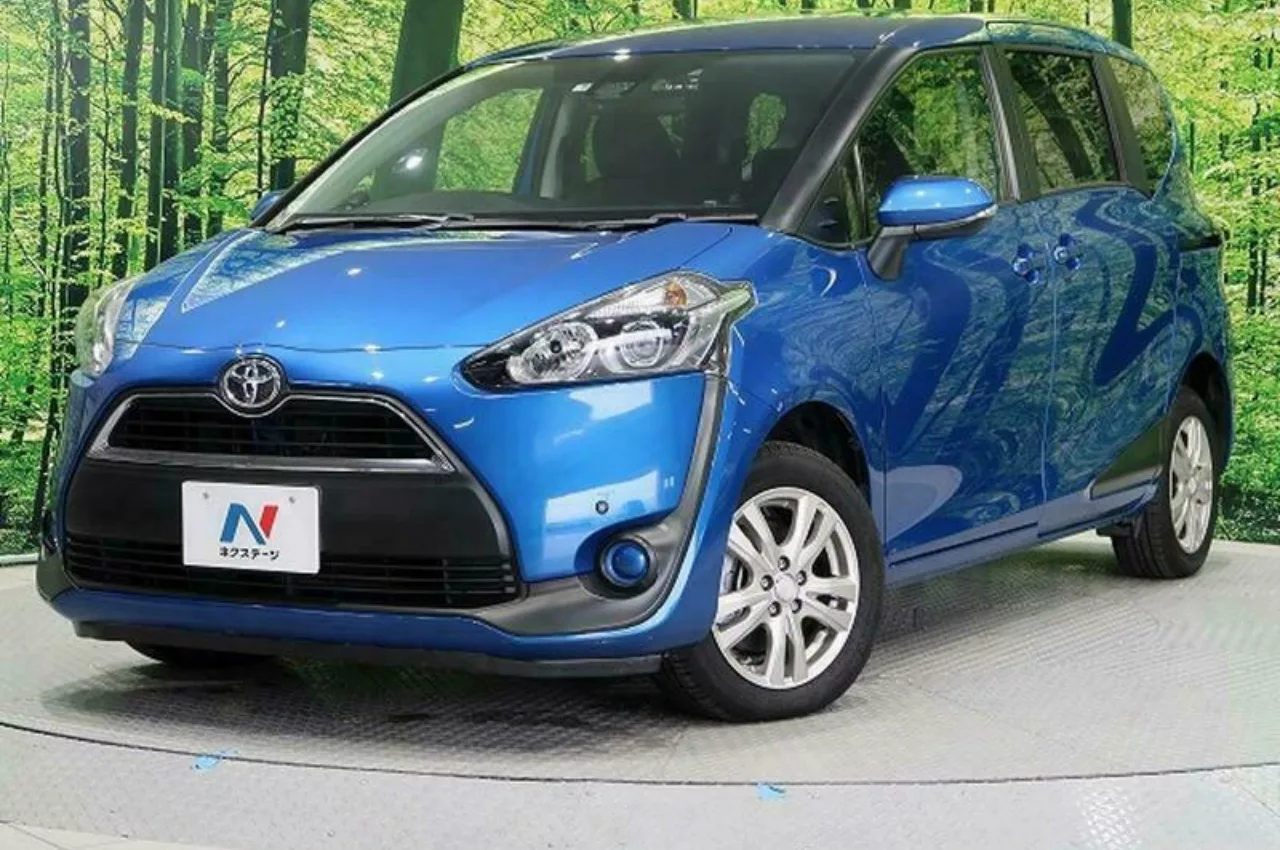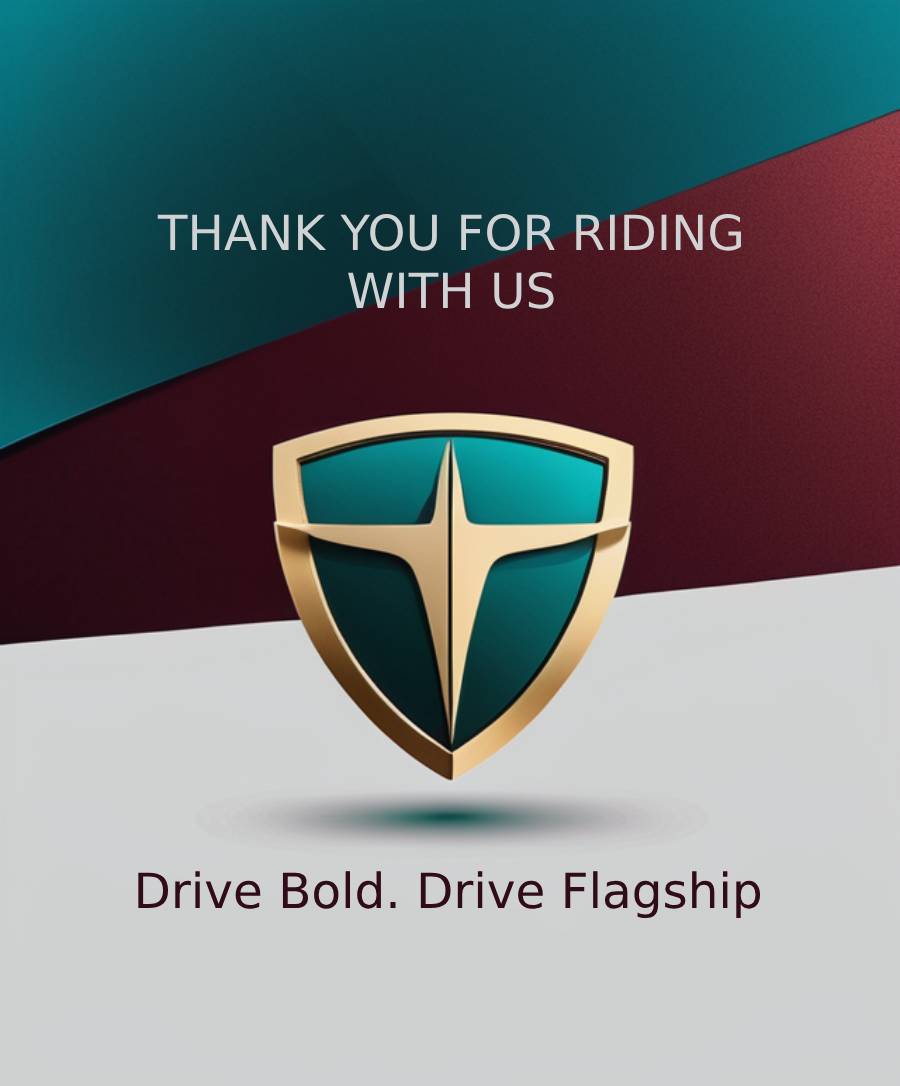Your cart is currently empty!

Common Problems with the Second-Gen 2015-2022 Toyota Sienta
After a long 12-year run of the first-generation Toyota Sienta (2003 – 2015), Toyota introduced the second-generation Toyota Sienta in 2015. While it may be one of the top family MPVs, the Second-Gen 2015-2022 Toyota Sienta has a fair share of problems we will discuss.
With a timeless design that remained unchanged for a long time, fans of the Toyota Sienta eagerly expected something new. In response, Toyota gave the second iteration an updated look, fresh equipment, and technology features. After a successful second-generation Sienta run from 2015 to 2022, the all-new 2023 Toyota Sienta debuted. Introduced in mid-2022, the new 2023 Sienta carries the flag and the momentum of everyone’s beloved compact MPV.
This second-generation Toyota Sienta boasts a reputation for offering an ideal blend of space, comfort, and versatility for families. If you’re considering purchasing one, you’ll be pleased to know that the Sienta is also a bargain on the used car market with impressive resale value.
Having already discussed the common problems with the first-gen Toyota Sienta, this guide covers the Second-Gen 2015-2022 Toyota Sienta problems you might encounter in your ownership journey. Whether you’re looking for a used Toyota Sienta or you currently own one, you should know what to expect, as well as valuable insight on troubleshooting and maintenance tips.
Electrical Issues In The Second-Gen 2015-2022 Toyota Sienta
The Second-Gen 2015-2022 Toyota Sienta often has electrical issues.
One of the most frequently reported issues with the Sienta’s electrical system is related to the car’s battery. Some owners have voiced concerns about a rapid battery drain or the battery’s inability to hold a charge. The Toyota Sienta’s electrical issues come from a faulty battery, alternator, or other electrical components. Sienta owners need to monitor their battery health and, if necessary, have a certified mechanic inspect the charging system.
Another common electrical issue experienced by Sienta owners pertains to the entertainment system. Reports suggest that the entertainment system might freeze, restart unexpectedly, or display a blank screen. These entertainment system glitches can come from software issues or malfunctioning hardware components. When encountering such problems, consider consulting a professional to diagnose and resolve the issue.
Several Sienta owners have encountered issues with the power windows in their vehicles. These issues manifest as windows failing to operate, moving slowly, or functioning intermittently. Such problems come from faulty window motors, switches, or wiring issues. If you find yourself dealing with window troubles, it’s advisable to seek expert assistance for window system repairs.
Owners have also reported issues with the interior lighting of the Toyota Sienta. Complaints range from lights failing to turn on or off, to flickering or dimming unexpectedly. The lighting glitches may result from a faulty light switch or wiring issues within the vehicle. We recommend consulting with a professional for lighting system diagnosis and repair.
AC Compressor Failure in the Second-Generation Toyota Sienta
Another common problem with the Second-Gen 2015-2022 Toyota Sienta relates to AC compressor failure. The AC compressor plays a vital role in the car’s air conditioning system. It is responsible for compressing and circulating refrigerant gas. The Toyota Sienta’s AC compressor issues arise when the air conditioning system fails. This problem can lead to uncomfortable driving conditions, especially in hot weather.
The most frequent cause of AC compressor failure in the Toyota Sienta is a refrigerant leak. Over time, refrigerant can escape from the AC system due to a damaged or worn-out compressor, faulty seals, or damaged hoses. Low refrigerant levels force the AC compressor to work harder. If an AC works more than usual, it may overheat, causing it to fail.
To avoid Sienta AC compressor failure, make sure the air conditioning system is maintained, at least regularly. Routine inspections conducted by a certified mechanic can identify potential problems early on. Check the AC system for leaks, replace damaged hoses and seals, and clean the system to remove contaminants that can harm the compressor.
Signs of the Toyota Sienta’s AC compressor failure are weak or warm air release or a burning smell. If you experience any of these problems, have the system checked out by a professional mechanic.
Hybrid Battery Failure in the Second-Generation Toyota Sienta
The Toyota Sienta Second Generation (2015 – 2022) boasts a hybrid powertrain, incorporating a high-voltage battery pack. The battery stores and supplies electrical power to the electric motor. The battery pack works with the gasoline engine to enhance fuel efficiency and reduce emissions. However, the Toyota Sienta’s hybrid battery pack can experience issues over time, impacting the vehicle’s performance.
One of the most noticeable signs of hybrid battery failure is a decrease in fuel efficiency. Unlike the ordinary ICE counterpart, hybrid systems deliver better gas mileage. But, if you see a drop in fuel economy, your Sienta’s battery pack could have problems. A failing hybrid battery may disrupt the engine’s smooth operation. This problem leads to acceleration and power output issues down the line.
When hybrid battery issues arise, you will often notice dashboard warning lights. Modern hybrid systems come with sensors and monitoring systems that can detect problems within the battery pack and illuminate warning lights to alert the driver. These warning lights may include the Check Engine light, Hybrid System Warning light, or Battery Warning light.
To prevent hybrid battery failure, follow the manufacturer’s recommended maintenance schedule. This schedule typically includes regular inspections of the battery pack and other hybrid components. Also, make sure the battery pack remains cool and dry. High temperatures or moisture can accelerate battery degradation.
If the Toyota Sienta has hybrid battery problems, consult a certified mechanic. Pick one who is at least certified in hybrid vehicle repair. As for the exact fix, the mechanic may recommend repairing or replacing the battery pack.
Suspension Problems In The Second-Generation Toyota Sienta
The Toyota Sienta owners often encounter shock absorbers problems. When these vital components fail, it can lead to a ride that’s bumpy and uncomfortable, with the car bouncing excessively over road imperfections. These Sienta shock absorber problems can make the ride very unpleasant. It can also diminish the handling and control of the vehicle. In most cases, replacing the shock absorbers corrects the issue.
Another prevalent problem within the suspension system of the Sienta relates to the wear and tear of bushings and ball joints. These components naturally degrade over time due to regular use and exposure to the elements.
As the bushings wear down, they can create clunking or squeaking noises when navigating bumps or making turns. They are also known to impact the steering of the vehicle. To fix the worn-out bushings issue, simply replace these components to restore the proper functioning of the suspension system.
The wear and tear of the suspension system can also affect the wheel alignment. If wheels aren’t properly aligned, it may result in uneven tire wear, which impacts the vehicle’s handling and stability.
Engine Misfire In The Second-Gen 2015-2022 Toyota Sienta
Another prevalent problem frequently encountered by Toyota Sienta owners is engine misfires.
What causes an engine to misfire? Well. An engine misfire occurs when one or more cylinders within the engine fail to ignite the fuel-air mixture correctly.
Engine misfires often arise due to a faulty spark plug or bad ignition coil. A clogged fuel injector and or a malfunctioning sensor are also common culprits. When an engine misfires, it can cause the vehicle to shake or vibrate. In worst cases, engine misfires can lead to total loss of power.
One of the most common causes of engine misfires in the Sienta is a faulty ignition coil. This essential component generates the high voltage required to ignite the fuel-air mixture within the engine cylinders. Over time, the ignition coil can wear out. The result is a weak spark, which then leads to engine misfires.
To rectify an engine misfire in your Toyota Sienta, first, identify the root cause of the issue. We recommend consulting a qualified mechanic for a diagnostic test. This way, you will pinpoint the source of the misfire. The mechanic can recommend the necessary repairs or replacements. Fixes can range from replacing a faulty spark plug or ignition coil to cleaning or replacing a clogged fuel injector.
Author Details

Our Team
Hi there! Welcome to Flagship Drive.
I’m Wilfred Nkhwazi, a passionate car lover from Africa. I created this platform to share expert insights, honest reviews, and a fresh perspective on the latest cars and automotive trends. Let’s hit the road together.
Advertisement

Recent News

